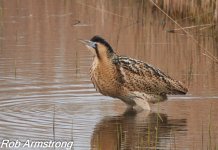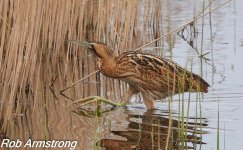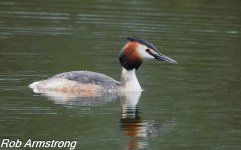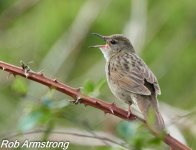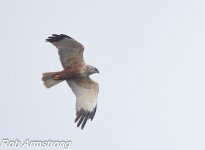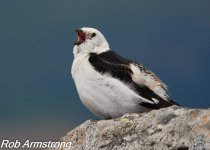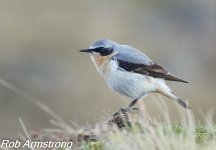Hi,
I am a total newbie to photography. I'm looking to be able to take pictures of local gulls to compare molting, take pictures for identification purposes, maybe share some of them on social media.
I've done some homework during the past week or so, and for my uses, I've landed somewhere between a crop sensor camera and a superzoom camera. I mostly travel by bike or by foot, so the weight and size matters. I already carry a TSN883 scope and binos with me, and the camera would be handy on the side to snap a few quick pictures. Also being able to shoot insects would be appreciated.
Would you recommend the RX10 IV for someone like me, or is there a better alternative? Any other tips to consider when just starting out, and possible expenses to keep in mind? Other comparable cameras to be on the lookout for when checking the used market?
I am a total newbie to photography. I'm looking to be able to take pictures of local gulls to compare molting, take pictures for identification purposes, maybe share some of them on social media.
I've done some homework during the past week or so, and for my uses, I've landed somewhere between a crop sensor camera and a superzoom camera. I mostly travel by bike or by foot, so the weight and size matters. I already carry a TSN883 scope and binos with me, and the camera would be handy on the side to snap a few quick pictures. Also being able to shoot insects would be appreciated.
Would you recommend the RX10 IV for someone like me, or is there a better alternative? Any other tips to consider when just starting out, and possible expenses to keep in mind? Other comparable cameras to be on the lookout for when checking the used market?






